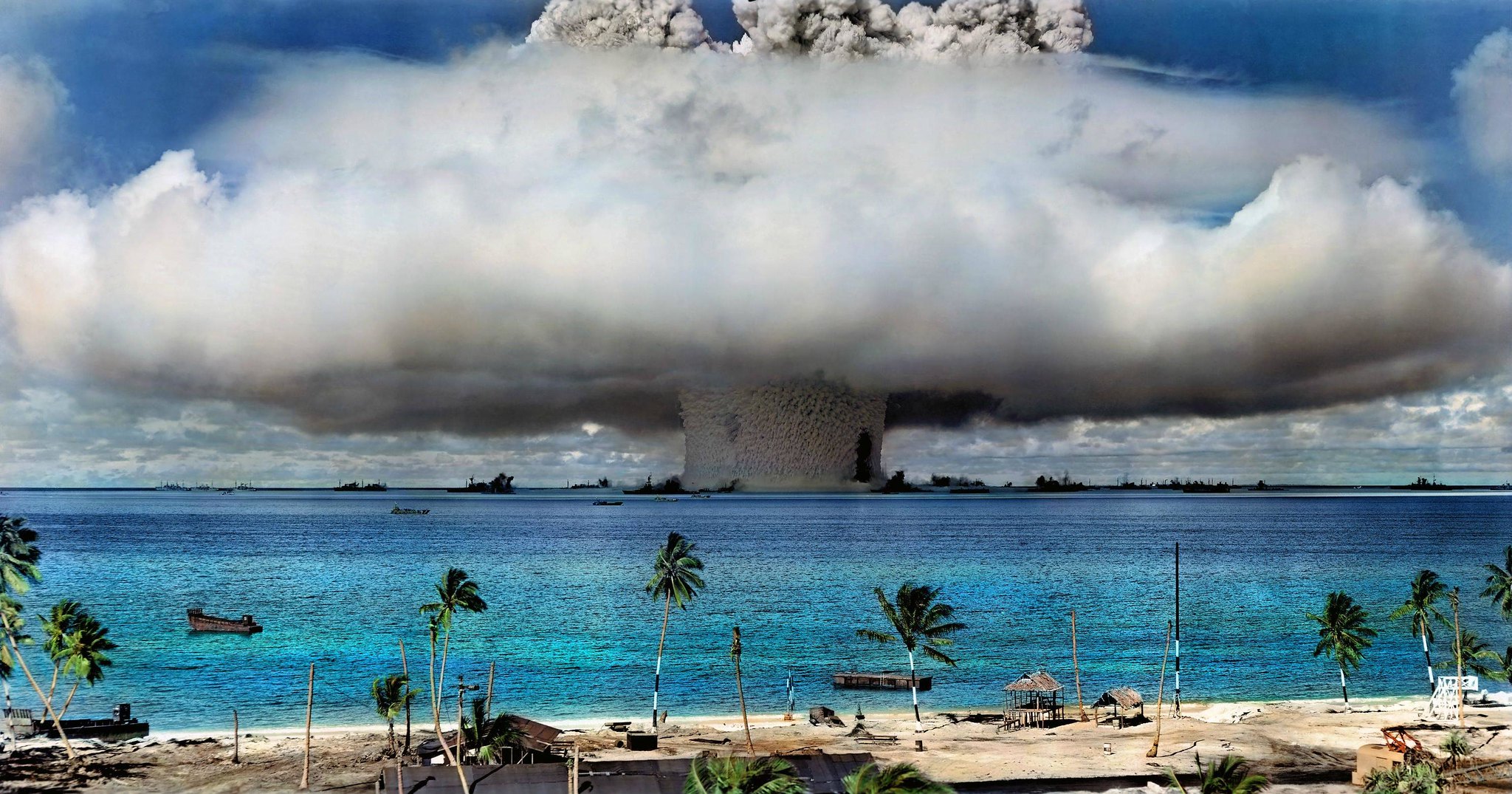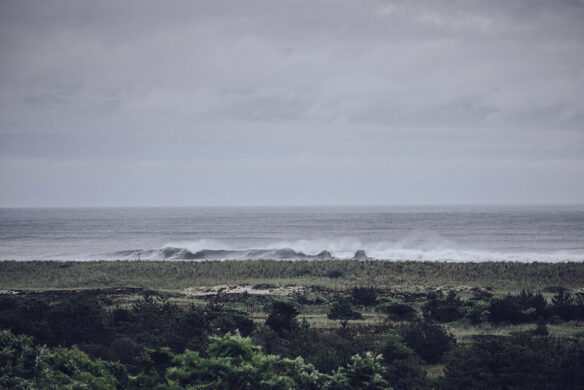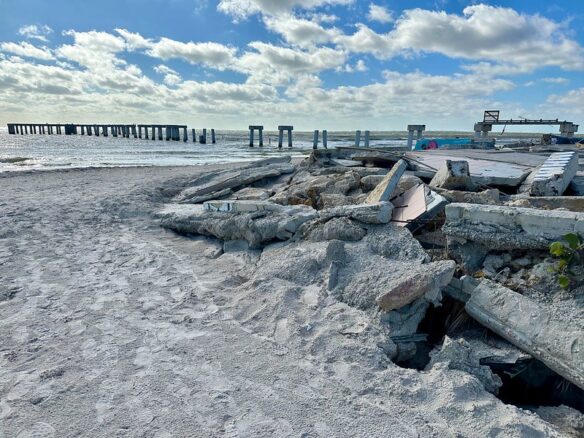Excerpt:
The precariously placed island nation has put together a comprehensive—if expensive—plan to survive sea level rise.
To say that the Republic of the Marshall Islands is vulnerable to sea level rise is an understatement. Two million square kilometers of Pacific Ocean surround the country’s smattering of islands and tiny atolls, most of which are less than two meters above sea level. Since 1993, the surrounding ocean has risen by more than 12 centimeters; today, it regularly floods some neighborhoods, fields, roads, and even graveyards.
And this is just the beginning. If glaciers and polar ice sheets continue melting at the current rate—which is likely, even if global carbon emissions are capped—climate scientists expect the ocean around the Marshall Islands to rise as much as 1.3 meters by the year 2100. Powerful storms and extra big waves could temporarily push it even higher. Without drastic intervention, much of the country could be rendered uninhabitable.
Yet rather than succumb to this watery threat, the 80,000 or so citizens of the Marshall Islands are emerging as global leaders in climate adaptation. In December 2023, at the United Nations Framework Convention on Climate Change (COP28) in the United Arab Emirates, the Marshall Islands unveiled a National Adaptation Plan that experts say is the world’s most comprehensive to date.
“I was really impressed by how detailed the Marshall Islands’ plan was,” says Michael Gerrard, an environmental lawyer at Columbia University in New York. Since the United Nations established a process for creating National Adaptation Plans in 2010, more than 50 countries have crafted blueprints to guide the kind of medium- and long-term planning needed to respond to a warming planet. Most of these plans, however, tend to be fairly general. They “do not set forth a systematic pathway for decision-making in the coming decades,” Gerrard says.
The Marshall Islands’ 200-plus-page report, on the other hand, outlines a clear, multiphase “pathway for survival” that details exactly how the nation will respond as the ocean rises. Uniquely, it also includes the insights and opinions of more than 1,350 Marshall Islands citizens. These interviews illuminate a common theme: most islanders have no intention of fleeing. Of those surveyed, 99 percent rejected the idea that adapting to climate change means leaving their country.“Leaving is not in my thoughts,” says Alson Kelen, a Marshallese expert in traditional navigation and canoe building who attended COP28. “I’m not ready to think that way. Everybody [here] wants to pick up the torch and fight climate change and try to hang on as long as we can…”
See Also:
Inside the Marshall Island’s life-or-death plan to survive climate change
– Grist Magazine (12-05-2023)
The Marshall Islands extend across a wide stretch of the Pacific Ocean, with dozens of coral atolls sitting just a few feet above sea level. The smallest of the islands are just a few hundred feet wide, barely large enough for a road or a row of houses. The country’s total landmass makes up an area smaller than the city of Baltimore, but it occupies an ocean territory almost the size of Mexico…
-NHK WORLD-JAPAN (07-04-2023)
For years, the Marshall Islands served as a nuclear testing ground for the United States. Today, residents say they’re still dealing with the consequences. But some see history repeating itself as the islands face the ongoing threat of climate change.
– Reuters (08-11-2023)
A group of artists will set sail for the remote Marshall Islands in the Pacific Ocean, hoping that their trip through one of the world’s most vulnerable regions will draw attention to the impact of climate change and rising sea levels.











